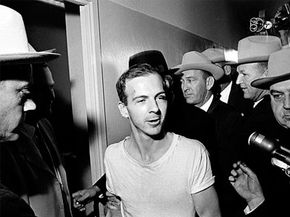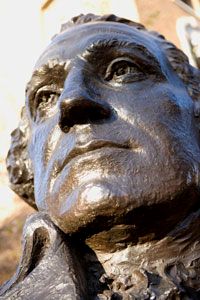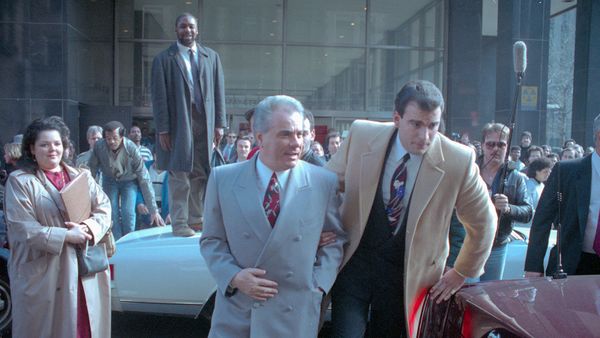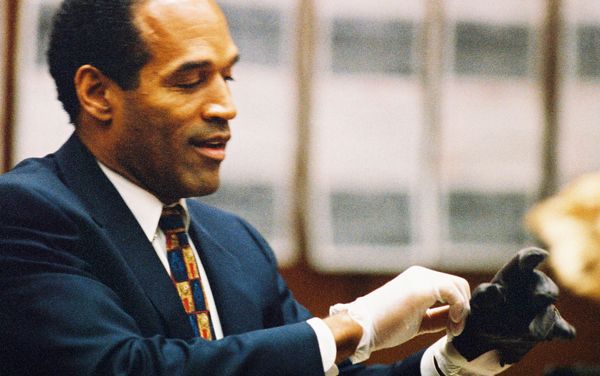Few dates in American history receive as much attention as Nov. 22, 1963. On that Friday, U.S. President John F. Kennedy died as a result of two gunshot wounds to his upper body. More than four decades later, historians, government officials, conspiracy theory buffs and the general public still question exactly what happened.
If you were to gather all of the reports, books, articles, editorials, films and television specials about the JFK assassination in one place, you'd have enough material to fill a library. Every year, more books about the event hit store shelves. Forensics experts continue to review every shred of evidence in an effort to determine what happened on that day.
Advertisement
The number of works about JFK's death should come as no surprise. He was a popular president who has become an almost mythological figure after his death. After his assassination, the resulting investigations left some people unsatisfied. Inconsistencies among eyewitness reports and tenuous connections between key figures involved in the event fueled dozens of different theories.
Lyndon B. Johnson, who officially became president of the United States at 2:38 p.m. aboard the presidential plane, ordered a full investigation into the assassination. Chief Justice Earl Warren was the lynchpin of the resulting investigative body, which became known as the Warren Commission. The Commission submitted a full report to President Johnson on Sept. 24, 1964. The report spanned several hundred pages. The Commission also published records of all of the hearings it held over the course of nearly 10 months. Those hearings filled up 26 volumes.
The report from the Warren Commission concluded that Lee Harvey Oswald, acting alone, shot President Kennedy from the sixth floor of the Texas School Book Depository as the president's motorcade traveled through Dealey Plaza in Dallas, Texas. The report also stated that Jack Ruby killed Oswald on Sunday, Nov. 24, 1963. The commission found no evidence suggesting Ruby was acting on behalf of another person or organization.
Is there a mystery around JFK's death? Is the official story of a lone gunman really a cover for a conspiracy of high-profile individuals? Were foreign powers involved in the shooting? Was the mafia responsible? Or could the assassination be the result of treasonous plans formulated by the CIA? And why are there so many questions about the assassination and the findings of the Warren Commission?
Advertisement






